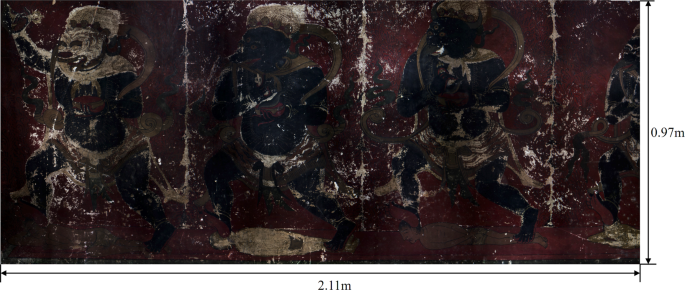Murals are important cultural heritage artifacts that showcase the artistic, historical, and social significance of ancient civilizations. Unfortunately, many of these murals have been damaged over time by soot buildup from religious rituals involving candles and incense. Researchers have now developed a novel technique using hyperspectral imaging and advanced image processing algorithms to virtually clean these sooty murals and restore their original vibrancy and details. This breakthrough could help preserve and study these priceless artworks, allowing people to appreciate their true beauty once again.

Unveiling the Hidden Treasures of Ancient Murals
Murals are an integral part of many ancient temples, grottoes, and historical buildings, showcasing the artistic and cultural heritage of past civilizations. Over time, however, these murals have often fallen victim to the detrimental effects of soot buildup. The burning of incense and candles during religious rituals has caused a gradual darkening and obscuring of the original patterns and colors, sometimes even leading to a complete blackening of the murals.
Traditionally, the main conservation strategy for these sooty murals has been to preserve their current condition and prevent further deterioration. But now, researchers have developed a groundbreaking approach to virtually clean and restore these damaged artworks using infrared spectrum.
By using hyperspectral data, the researchers discovered that the near-infrared bands were particularly effective in penetrating the soot and revealing the underlying details of the murals. This is because the soot particles are larger than the particles that cause Click Here
